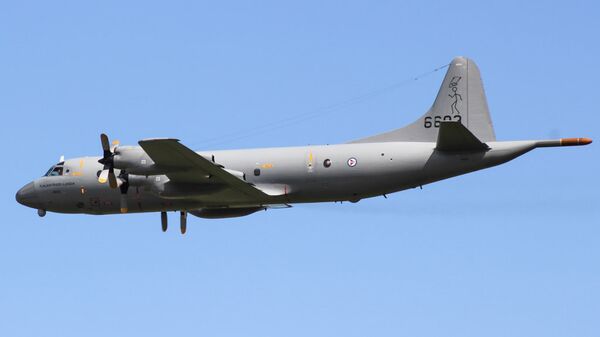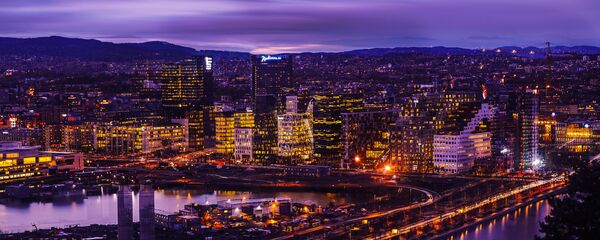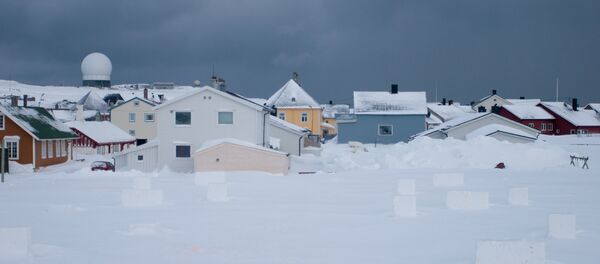Coupled with the most impressive appearance of US B-52 strategic bombers that flew near Russia's airspace in connection with an exercise in Finnish Lapland, this triggered growing concerns from Russia over increased military activity in areas bordering Murmansk Region and the Republic of Karelia.
Meanwhile, only a total of 38 Russian airplanes were identified by Norway's operational headquarters in border areas. In 20 cases, Norwegian fighters stationed at Bodø had to fly up to identify Russian aircraft, Norwegian national broadcaster NRK reported.
This is a significant decrease compared with the previous years, when the number of call-outs reached 30 and 49 in 2015 and 2014 respectively. Those figures are still a far cry from the mid-80s, when the number of identifications of Soviet aircraft varied between 500 and 600 a year.
"This means that the machines tend to be grounded more often due to maintenance," Brynjar Stordal told NRK.
A more sound explanation for the drop in the number of identifications is that Russian planes are passing farther to the sea, which is why Norwegian defense chooses not to send up its fighters.
As for the rate of Norwegian surveillance in the Arctic, Stordal confirmed that P-3 Orion are being sent on routine sorties several times a week, yet without specifying how many are in fact conducted.
"This activity is being performed both for our own sake and for Russia's sake. It is held in international airspace and in full compliance with both sides," Stordal noted.
Of late, Norway has considerably stepped up its reconnaissance efforts. In 2016, Norway rolled out a new version of its surveillance ship the Marjata. While the new 126-meter-long edition of the spy ship took around NOK1.5 billion ($180mln) to build, Norway decided to keep its predecessor as well, after a thorough update.
Never miss a story again — sign up to our Telegram channel and we'll keep you up to speed!





